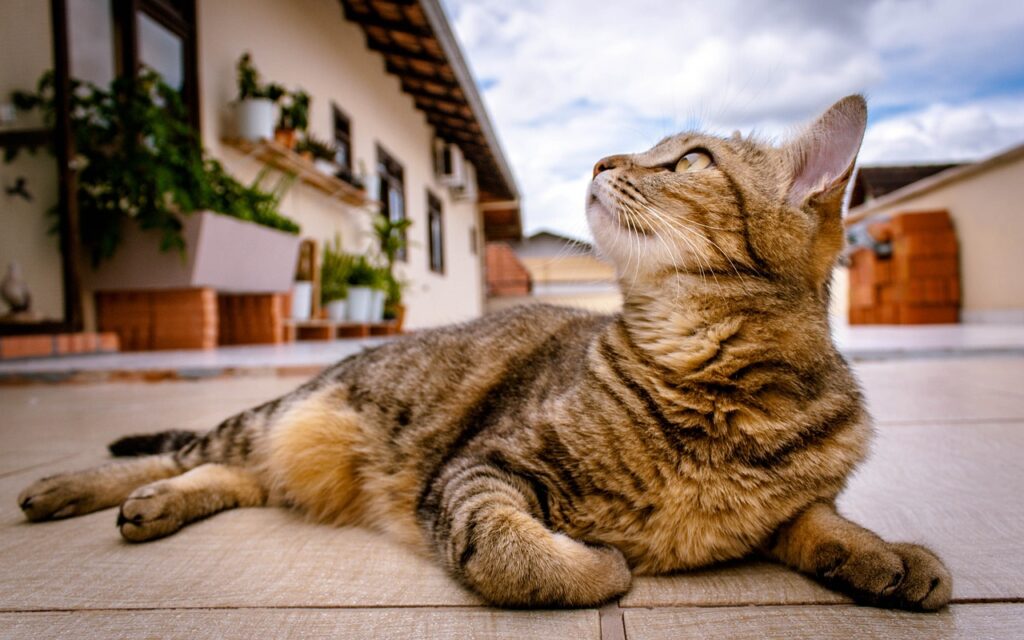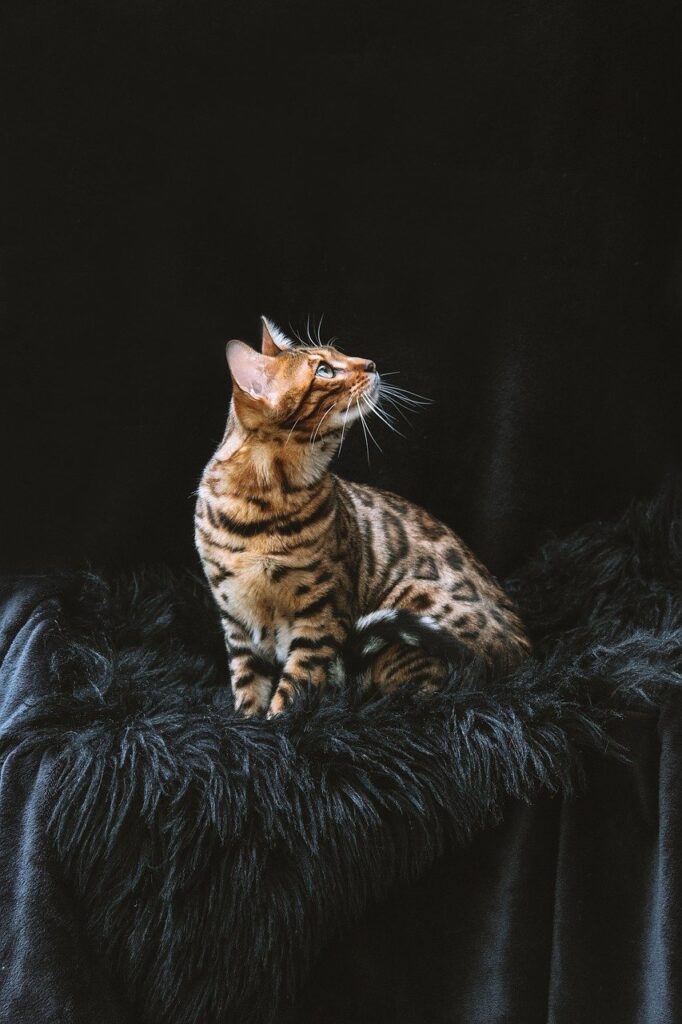For centuries, cats have captivated humans with their enigmatic allure. Their independent spirit, playful nature, and soft purrs have earned them a place of honor in our homes and hearts. But beneath the aloof exterior lies a creature capable of learning and understanding, waiting to be unlocked with the right approach and training.
Forget the outdated image of the untrainable feline. Enter the world of cat training, where patience, understanding, and a sprinkle of feline finesse transform mischievous claws into gentle paws and playful pounces into perfectly executed commands. This is not about bending your furry friend to your will; it’s about forging a deeper connection, nurturing a happy and well-behaved feline companion, and creating a harmonious home for both of you.
Imagine the joy of a cat who confidently walks on a leash, greets guests with a polite paw shake, or gracefully leaps onto a designated scratching post instead of your favorite armchair. The possibilities are endless, and the journey of getting there is filled with laughter, heartwarming moments, and a newfound appreciation for the unique intelligence of our feline companions.

So, are you ready to embark on this exciting adventure? Dive into this article, where we’ll unveil the secrets of positive reinforcement, explore the power of short and engaging sessions, and discover how to make training fun for both you and your cat. We’ll also delve into essential skills like litter box mastery, scratching post utilization, and gentle play, paving the way for a perfectly behaved feline friend.
Positive Reinforcement is Key
Forget about punishment and yelling. Cats respond best to positive reinforcement, which means rewarding them for good behavior. This could include treats, praise, petting, or playtime. When your cat does something you like, be sure to shower them with positive attention.
Think of it like this: when you do something good at work, your boss might praise you or give you a bonus. This makes you feel happy and motivated to keep doing good work. The same principle applies to cats. When they get rewarded for good behavior, they’re more likely to repeat it in the future.
Here are some tips for using positive reinforcement
Use high-value rewards. Find treats that your cat really loves, such as freeze-dried meat or tuna.
Be consistent. Reward your cat every time they do the desired behavior.
Be timely. Give the reward immediately after your cat does the good behavior. This will help them associate the behavior with the reward.
Be enthusiastic. Let your cat know how happy you are with their good behavior.
Keep it Short and Sweet
Cats have short attention spans, so keep your training sessions short and sweet. Aim for 5–10 minutes at a time, two or three times a day. This will help your cat stay focused and engaged.
Think of it like this: You wouldn’t expect a young child to sit through a long lecture. Just like children, cats need to take breaks to avoid getting bored or frustrated.

Here are some tips for keeping your training sessions short and sweet
Break down tasks into small steps. Start with simple commands and gradually work your way up to more complex ones.
Use a variety of cues. Don’t just use verbal commands. Try using hand signals, toys, or even clickers to get your cat’s attention.
End on a positive note. Always finish your training session on a good note, even if your cat didn’t quite get it right. This will help them associate training with positive experiences.
Start with the Basics
Before you teach your cat to do party tricks, focus on the basics. This includes litter box training, scratching after use, and not biting or scratching furniture. Once your cat has mastered these essential skills, you can move on to more challenging tasks.
Think of it like this: You wouldn’t try to build a house without a foundation. Just like a house, a cat’s good behavior is built on a foundation of basic skills.
Here are some tips for teaching your cat the basics
Be patient. It takes time and patience to train a cat. Don’t get discouraged if your cat doesn’t get it right away.
Make it easy for your cat. Make sure your cat has everything they need to succeed. For example, if you’re trying to teach your cat to use a scratching post, make sure the post is tall enough and in a convenient location.
Be consistent. Use the same cues and rewards every time you train your cat. This will help them learn what you expect.

Make it Fun!
Training should be fun for both you and your cat. Use toys, games, and treats to make the process enjoyable. If your cat is getting frustrated, take a break and come back to it later.
Think of it like this: you wouldn’t want to go to a gym that you didn’t enjoy. Just like us, cats are more likely to do something if they’re having fun.
Here are some tips for making training fun for your cat
Use your cat’s favorite toys. Find toys that your cat loves to play with and use them as rewards during training.
Get creative. Come up with fun and engaging ways to train your cat. For example, you could try hiding treats around the house for your cat to find.
Take breaks. If your cat is getting frustrated, take a break and come back to it later. It’s important to avoid forcing your cat to do anything they don’t want to do.
Be Patient and Consistent
It takes time and patience to train a cat. Don’t get discouraged if your cat doesn’t get it right away. Just keep practicing and be consistent with your rewards.
Here are some additional tips for training your cat
Use a clicker. A clicker is a small device that makes a clicking sound. When your cat does something you like, click the clicker and then give them a treat. This will help them associate the desired behavior with the reward.
Cat-proof your home. Put away anything your cat might chew on or scratch. This will make it easier for them to focus on good behavior.
Provide plenty of enrichment. Cats need to be mentally and physically stimulated. Provide them with toys, scratching posts, and climbing structures.
Be patient and understanding. Cats are individuals, and what works for one cat may not work for another. Be patient and understanding, and adjust your approach as needed.
With a little time and effort, you can train your cat to be a happy and well-behaved member of the family.
Bonus tips
Socialize your cat early. This will help them to be more comfortable around people and other animals.
Use a calming pheromone diffuser. This can help to reduce stress and anxiety in your cat, making them more receptive to training.
Get professional help if needed. If you’re having trouble training your cat, talk to a veterinarian or animal behaviorist.






